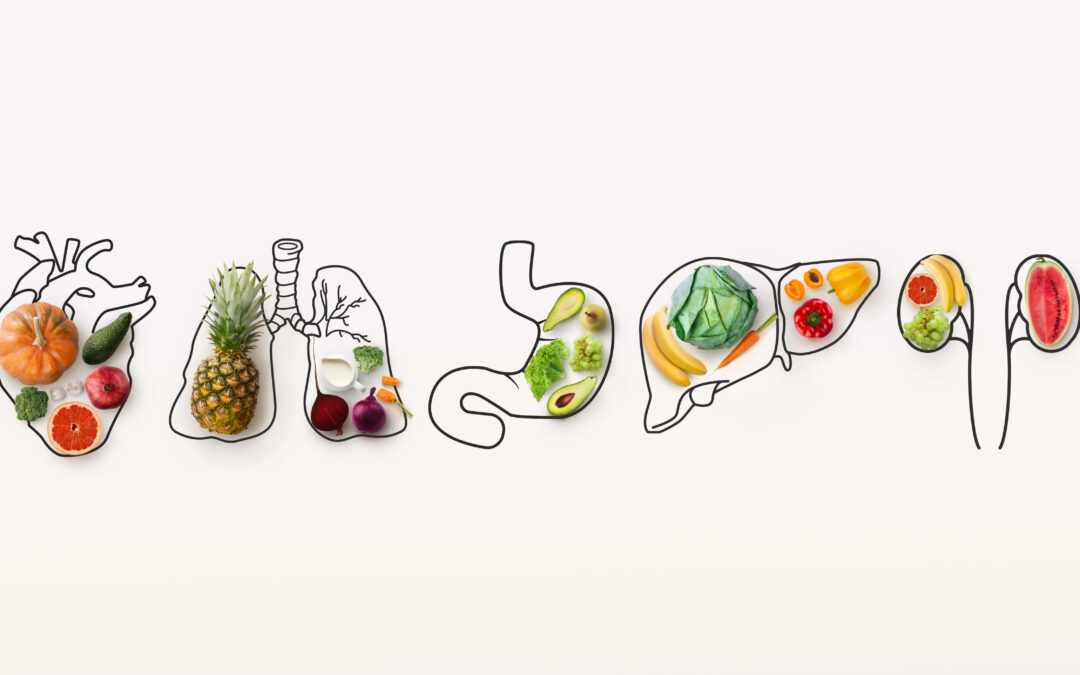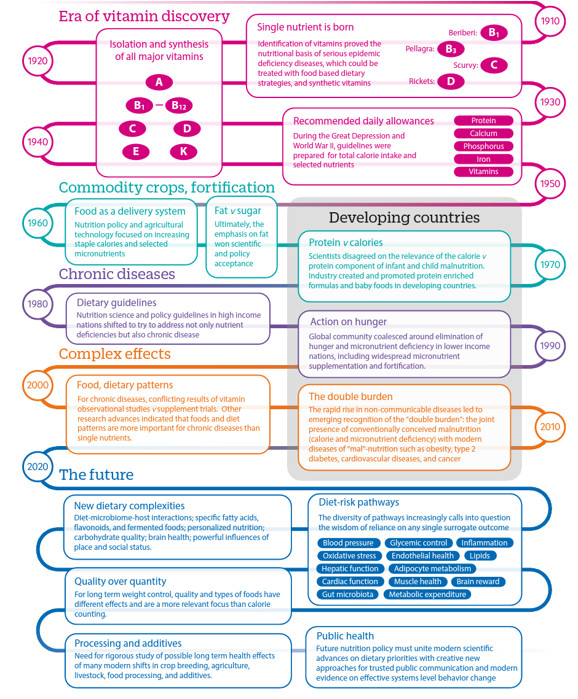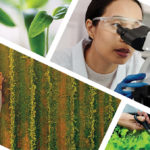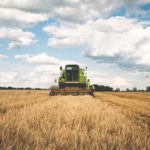What is the difference between Food is Health vs. Food is Medicine? A lot. Food is Health is about avoiding medicine. It’s about what we need from the food system to be healthy without seeing the doctor.
For 400k years, food nourished us to be healthy and strong. Now we get diet related diseases without much effort. How do we stay healthy without thinking about it?
In a Food is Health world, you should be able to walk in a grocery store, eat what you want, and not get diabetes.
What are the investments that build that world?
Health Tech
In a Food is Health strategy, Health Tech investments help consumers and CPGs discern what is healthy for humans. In a Food is Health strategy, complex FDA approvals or gatekeeping by clinicians and insurance would not impede progress. For example:
- Flywheel.io: extracts critical data from CAT, MRI, and PET scans, normalizing the data and feeding it into large-scale AI. Building synthetic control arms to speed research and human models. Where Open AI had to scan the internet to get the textual information to train their language model, Flywheel is working directly with researchers and scientists to curate and ingest complex data, collaborate, and advance discovery more efficiently.
- Clinicas del Azucar: Based in Monetary Mexico. This diabetes clinic delivers corrective A1C improvement for $1,200/year rather than the typical $12k/year cost in Mexico. It is staffed with highly trained staff who are not medical professionals. They have perfected systematic low-cost delivery of best practices in Type 2 Diabetes care. With a low-cost infrastructure, they are co-located with grocery stores allowing patients to visit briefly when they buy food. Behavior change is hard, but a little nudge regularly helps people treat their diabetes without the heavy burden of medical intervention.
- Edacious: a sensor system that allows farmers, ranchers, CPGs, and consumers to understand the variability of nutrition in food and feed. Commodity crops have large nutritional variability. With more cause-and-effect data, everyone in the value chain can optimize output with a truth detector that correlates to genetics, agronomy, soil health, processing, food science, and more.
AgTech/FoodTech
In a Food is Health world, AgTech investments in soil health, crops, fermentation, and other technologies are working to boost nutrients, improve taste, and increase yields while reducing our carbon footprint.
- KulaBio: Synthetic fertilizers are critical to crop production yield, but they also reduce the biome in soil. Nutrition comes from the soil. Kula is a biologic that improves nitrogen fixation—reducing and/or eliminating the need for synthetic fertilizer, reducing cost, and boosting plant nutrition qualities.
- Harpe Bio: Weeds affect crop growth. Over time, synthetic herbicides like Roundup have become less effective and may impact plant nutrition quality. Harpe uses a mint extract as part of a proprietary formula to enhance weed-killing effects. It integrates seamlessly with existing agriculture production as a drop-in replacement for synthetic herbicides.
- Bonumose: Sugar drives diabetes. Bonumose, based on Tagatose, delivers a healthy sugar variant that reduces diabetes type influence by 90%. It is a drop-in replacement in recipes for regular sugar. With no end-user behavior change or taste alteration, Bonumose improves health and corrects some of the adverse effects of processed foods.
- Vestaron: It is taking more and more time to create safe chemical insecticides to protect fruits and vegetables. Vestaron uses computationally intensive protein design tools to develop targeted peptides to kill insects in a precise manner that resists their ability to adapt. These peptides are natural and decay quickly in runoff. Improving farm profitability and reducing the cost of nutritionally dense crops.
- Climax Bio: Food science is mixing food ingredients to make other products, not unlike a cookie recipe. Food science is often trial and error. Climax Bio applies the depth of deep databases in food properties, combined with massive computing processing to take plant-based ingredients and formulate cheese that tastes like brie, blue cheese, feta, and other products without the cow or goat. In 3 weeks of non-stop computing time, it derives the recipe to replicate a cheese scanned with its sensors. This technology allows CPGs to balance cost, taste, and nutrition in weeks instead of years. Improving the health profile of every processed food in grocery.
But Why “Food is Health”?
Reason 1: Startups beat BigCo when the Y-Axis changes.
What does that mean?
For a deeper conversation, read Clay Christenson. His breakthrough work observed when the market demand for a critical market objective, like “computing processing speed”, changes to “energy efficiency” to allow mobility, the startup will beat the incumbent.
We have spent the time from 1945 to 2010 improving agriculture yield with good reason. Now, the market wants Yield, Taste, and Nutrition. It wants a new Y-Axis because fixing nutrition improves our longevity. So, invest in entrepreneurs.
Reason 2: Great startups do not change fundamental behavior, they leverage what we already do.
Uber improved transportation by taxi. Google improved access to information. Amazon made it easier to shop. They disrupted without requiring new behavior. Food, for 400k years, made us healthier. We scaled yield to eliminate famine. The tradeoff was a reduction in the quality of nutrition. The resulting focus on four core crops – corn, wheat, soy and rice, and processed sugar (instead of fruit and honey) drove diabetes, cardiovascular disease, and many other negative developments. Healthcare – which is really sick care – enables this broken system by treating and masking symptoms rather than looking at root cause – OUR FOOD.
We need consumer demand signals to speed the improvement of the supply of higher-quality crops and nutrition. Sort of like the demand for home computers instead of mainframes. Consumers naturally want better and cheaper products. At this moment, that is achieved through vertical integration. (A subject worthy of a different post). The macro pressure of health, climate, and demand from a growing middle class in Asia are all sources of demand that allow startups to capture revenue, while BigCo is challenged to adapt at the speed of the shifting market.
The convergence of AgTech, climate, health, and nutrition in various consumer combinations creates the perfect market pressure, giving start-ups a disproportionate advantage to create a future in which new innovations allow us to avoid healthcare with better nutrition and where AgTech shifts from yield optimization to optimizing yield, taste, and nutrition. At the same time, delivering a better, cheaper product that improves farmer profitability. The powerful market force behind regenerative Ag will become a conversation about nutrition, as much as it is about sustainability.
Henceforth, Food is Health.
TL;DR
After spending the last 10 years working with more than 4,000 startups, we have arrived at a moment where entrepreneurs will develop the technology so consumers can go to the grocery store, make cheap and easy choices, and be healthy.
These changes will happen gradually, then suddenly, over the next 20 years. We’ve seen similar industry revolutions, from home computers to the internet to mobile, and then to software as a service. Each step along the way is a giant opportunity to invest in the entrepreneurs taking market share.
Behavior Change?
Another example is the evolution of FDA advice. In the late 70s consumers were told fat is bad. The entire food industry changed course to make ultra-processed food that was low cost and non-fat. Technological advances were integral to this change. What technological advances will be integral to improving nutrition? Since the 70s, consumers have been enticed by added sugar and salt, but our natural desire for nutrition and longevity substantially influences our behavior.
In the US we spend $1.9T annually on the healthcare costs of poor nutrition, $14T globally. But behind these bleak numbers are a tremendous opportunity.
That is what it means to invest in Food is Health.







